Nature is full of surprises, and sometimes, the most compelling exhibits of strength and resilience come in the smallest packages. In the world of amphibians, a particular tiny frog has captured the fascination of researchers and enthusiasts alike because of its incredible ability to carry loads more than 100 times its body weight. This extraordinary feat is not only a testament to the wonders of evolution but also provides intriguing insights into the capabilities of tiny creatures that often go unnoticed.
Introduction to the Miniature Amphibian
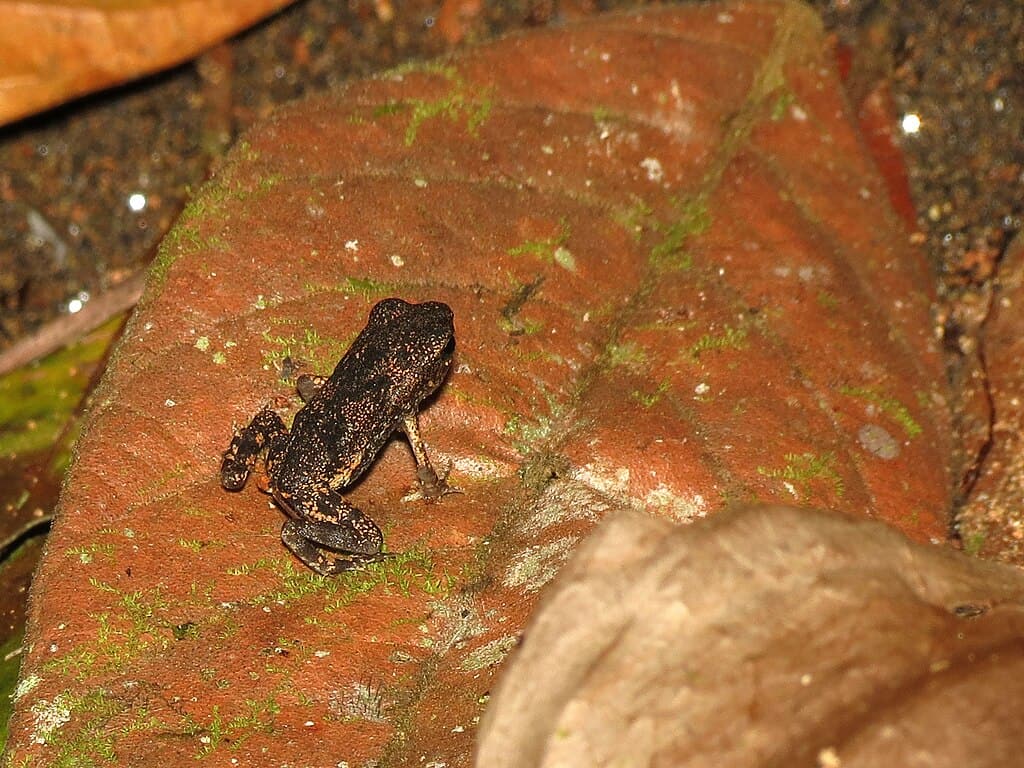
Amphibians are a diverse group of animals, ranging from the massive Goliath frog to the tiny marvels that populate forest floors. Among these petite wonders is a species capable of bearing loads beyond imagination. This frog’s ability has propelled it to legendary status in scientific circles as a perfect example of nature’s innovative design.
The Identity of the Miniature Hercules
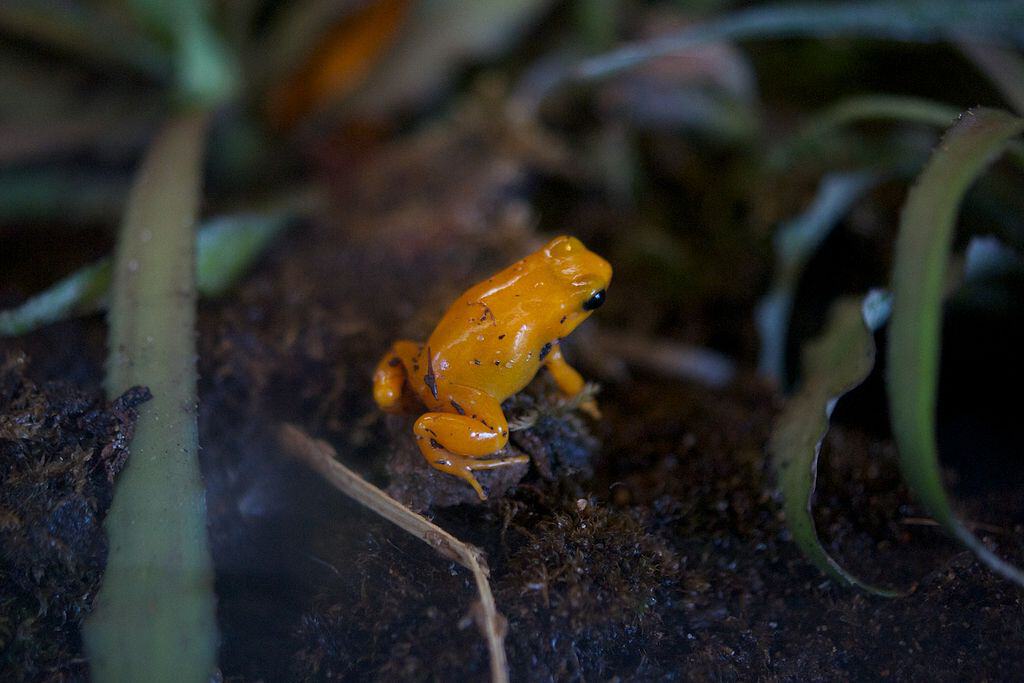
The frog in question is not widely known outside of scientific communities, but its strength and adaptability make it a subject of intense study. Researchers have conducted various experiments to measure its capabilities and understand the anatomical and biological factors contributing to its strength.
Distinguishing Features and Characteristics

Typically, these frogs are characteristically small, not more than a few centimeters long. Their skin exhibits a vibrant blend of colors which can act as camouflage, aiding in protection against predators. Their remarkable strength is not immediately evident to the casual observer but becomes apparent in their natural behavior.
The Science Behind the Strength

The key to the frog’s strength lies in its unique musculoskeletal structure. Its muscle fibers and the attachment points on the skeleton are specially adapted to handle intense stress and pressure, allowing the frog to hold or carry weights significantly heavier than itself. This adaptation is a result of millions of years of evolution, enabling it to survive and thrive in its habitat.
Evolutionary Advantages of Strength

Carrying heavy loads provides these frogs with several evolutionary advantages. For instance, this strength allows them to transport heavy food sources or mates, crucial for survival and reproduction. Moreover, it aids in burrowing and moving through difficult terrain, providing a competitive edge in their environment.
Natural Habitat and Distribution
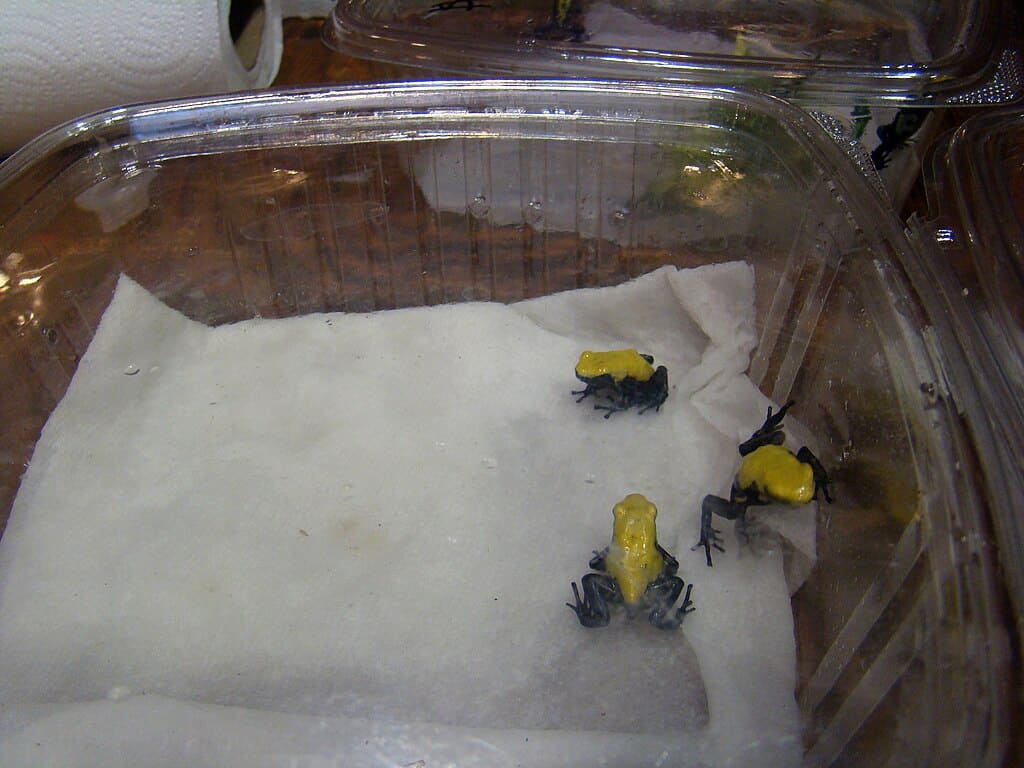
These frogs are primarily found in dense forest regions where their unique adaptations enable them to effectively navigate and survive. The habitats offer plenty of cover and food resources, supporting the frogs’ needs and their remarkable physical demands.
Feeding Habits and Diet
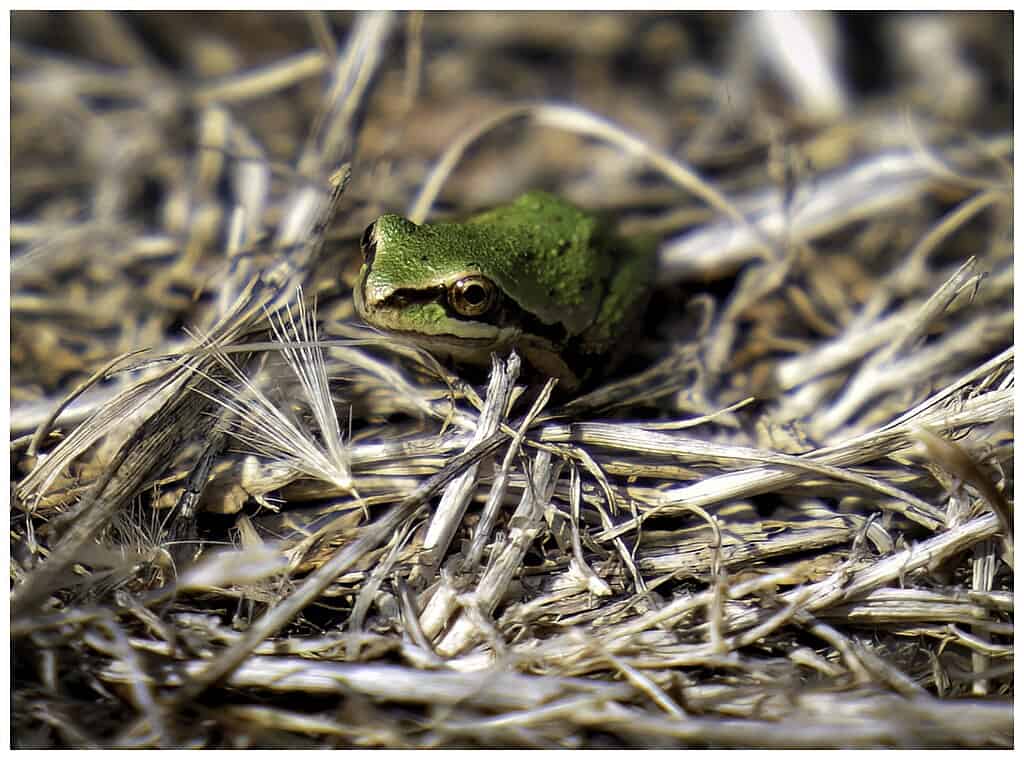
In addition to their strength, these frogs also exhibit fascinating feeding habits. Their diets typically consist of small insects and invertebrates, which they can hunt efficiently thanks to their agility and strength. The ability to carry much heavier prey or food stores provides a significant survival advantage in areas where food may be scarce.
Reproductive Behavior

Reproduction in these frogs is equally fascinating. Carrying capability plays a role in mating rituals, where males may need to transport potential mates or create nests in strategic locations. Their physical prowess ensures the continuation of their lineage by attracting mates and ensuring offspring have the best start possible.
Interactions with the Ecosystem

This frog serves an essential role in the ecosystem, not only as a predator of insects but also as prey for larger animals. Its ability to carry weights aids in seed dispersion and soil aeration, contributing to the health of its environment.
Conservation Status and Threats

While the frog is incredibly strong, it is not immune to threats. Habitat destruction, climate change, and pollution pose significant risks to its survival. Conservation efforts are crucial to preserving this mighty little amphibian and its unique contributions to biodiversity.
The Role in Research and Biomimicry

The frog’s remarkable load-bearing ability has garnered interest in biomimicry, where scientists look to nature for inspiration in engineering and design. Understanding its strength mechanics could lead to innovative advancements in technology and robotics, showcasing the importance of conserving even the smallest species.
Conclusion: Celebrating Nature’s Marvels
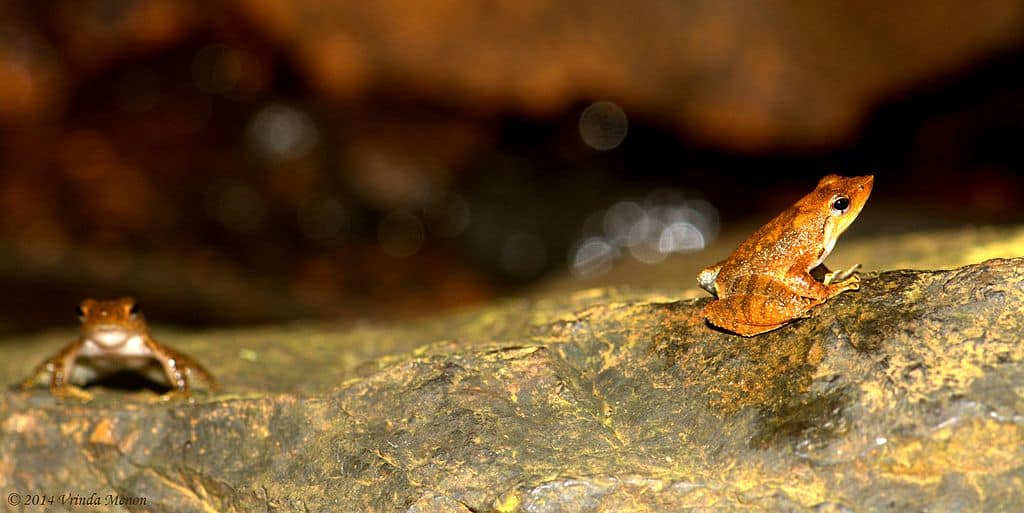
The tiny frog capable of carrying 100 times its own weight is more than just a curiosity; it’s a reminder of the incredible adaptability and innovation found in nature. As we continue to study and learn from these resilient creatures, they inspire not only awe but also a commitment to preserve the delicate ecosystems they inhabit. By protecting these small wonders, we ensure that their stories of strength and survival continue to enrich our understanding of the natural world.
- 15 Creepiest Creatures Found in Caves - August 20, 2025
- 13 Weirdest Animal Births in Nature - August 20, 2025
- 12 Mysterious Animal Sightings in the US That Have Never Been Explained - August 20, 2025

